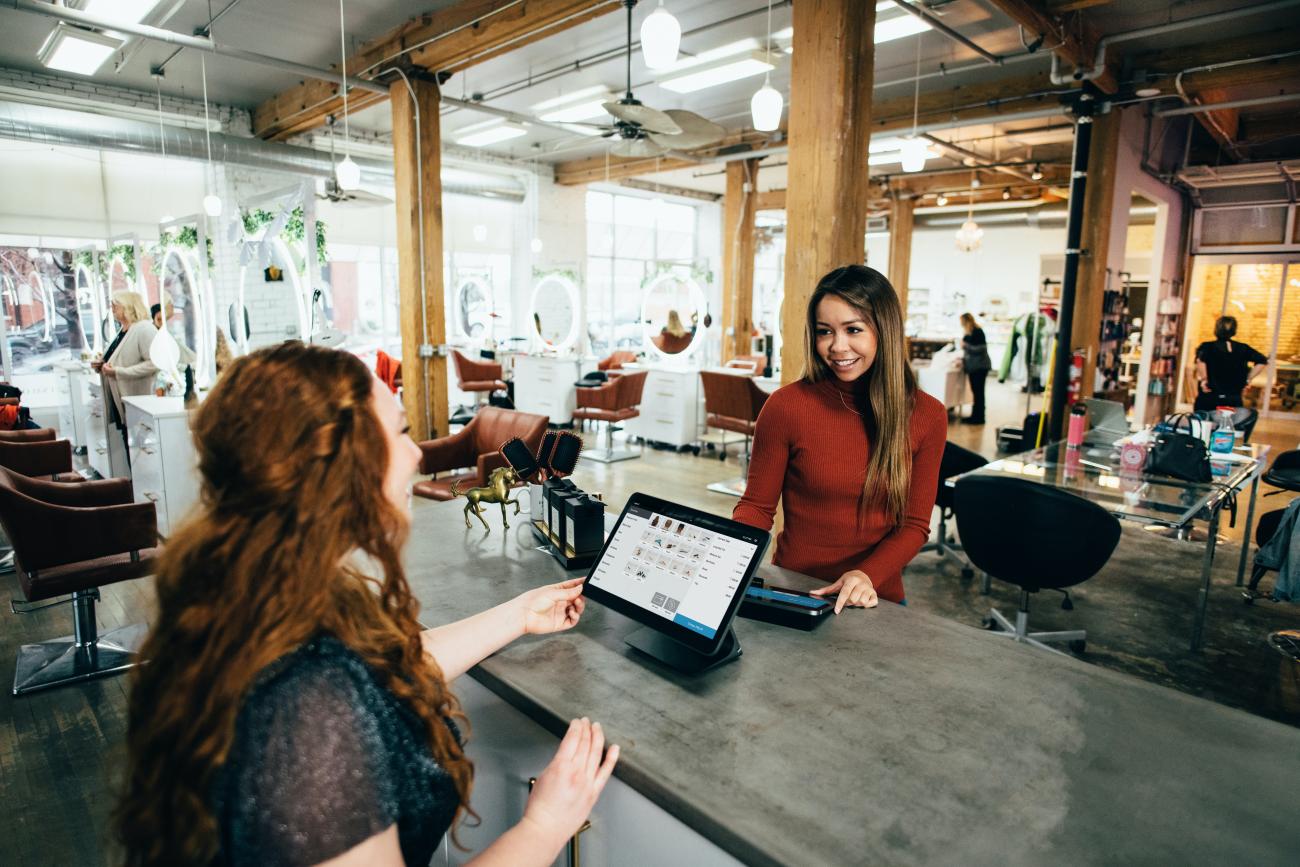If you work in retail sales, you have to care about your customer first. If you start with what they — as a visitor to your Planet Furniture or Planet Lighting — are experiencing and if you are aware of their unasked questions, you’ll make more sales.
To that end I’ve come up with this handy infographic to illustrate and help you with your retail sales training.
The first question a customer will ask themself:
Do I like what I see?
All of your marketing and word-of-mouth ends as they step through your doors. That means you want the store to be clean — of course. Shipping boxes in the aisles, clutter or an abundance of sale signs makes customers wary. They want to see employees helping and customers shopping; that gives the impression this is a good place to shop.
Next, they judge your greeting:
Does first contact make me comfortable?
Left alone or given a zombiesque, “Let me know if you need any help” keeps customers wary. Even worse is the overeager, “Can I help you?” while the customer is in the decompression zone, the first 8 feet of your store. This moves them from wary to on guard. That’s not what you want. You want your customer to lower their guard, be comfortable browsing and talking with your employees. That means your employees have to know what to say and when to say it. The sale can get off to a bad start without the correct words or if timing is off.
The third question customers have is:
Can I easily find what I’m looking for?
Crowded aisles with minimum navigational signs like the endless big-box aisles where everything looks the same are deadly! Most of us are independent shoppers so signs and displays that point the way are helpful. Curating your store into easily identifiable departments with room to see them makes additional sales more likely.
As the customer looks around, they ask:
When I need it, is someone available to help me?
Whoever greeted your customer may be nowhere to be found once they have gotten to a destination. A friendly employee who’s been trained in body language understands this and comes over without being asked. Make sure your employees know the difference between being available and stalking. It’s a fine line for some. As the employee begins talking, the customer is judging:
Do I connect with this person?
A gruff, curt or monosyllabic answer puts customers on the defensive, leaving them less likely to continue or to not trust the employee’s suggestions. Things like store tours and opening Windows of Contact at this point allow the customer to relax and feel they will be taken care of. At that moment, they are the most important concern of that employee. This grows exponentially the higher the price tag of the item they are considering. If the customer has been engaged and the salesperson has built rapport, the customer is still wondering:
Do I trust this person when it comes to a specific product?
In the old days, product knowledge was king, and even bad employees could make a sale because they had the information. Most customers now have already gone online before they ever step foot in your store.
With a technical product, such as lighting, it is possible your customer knows more than your salesperson. The customer only had to learn about the one item they were considering; your employees may have thousands to learn. The key is to be open even without having all the answers. You want to know your merchandise well enough to be able to compare and contrast similar items in your store or against competitors’ items. Once the customer says, “I’ll take it,” they may wonder:
Will they suggest something else that I didn’t even know I needed?
Suggestive selling shows your customers another product that enhances the first, making it easier, faster or more convenient. A smart salesperson knows the goal is to show more items to the customer. They know they can raise the average sale and profit from all the time they have used building rapport.
All of that can be lost if checkout is seen as a hassle. While the retailer may think it is great to ask people for a loyalty card, entering them in manually or asking for coupons can create lines and friction. You want a clear path to getting out the door so that the flow from entering to leaving is flawless. Train these seven questions so employees can empathize and deliver a “wow” experience.
Bob Phibbs is a retail consultant who helps brick-and-mortar retailers implement exceptional shopping experiences. www.retaildoc.com







